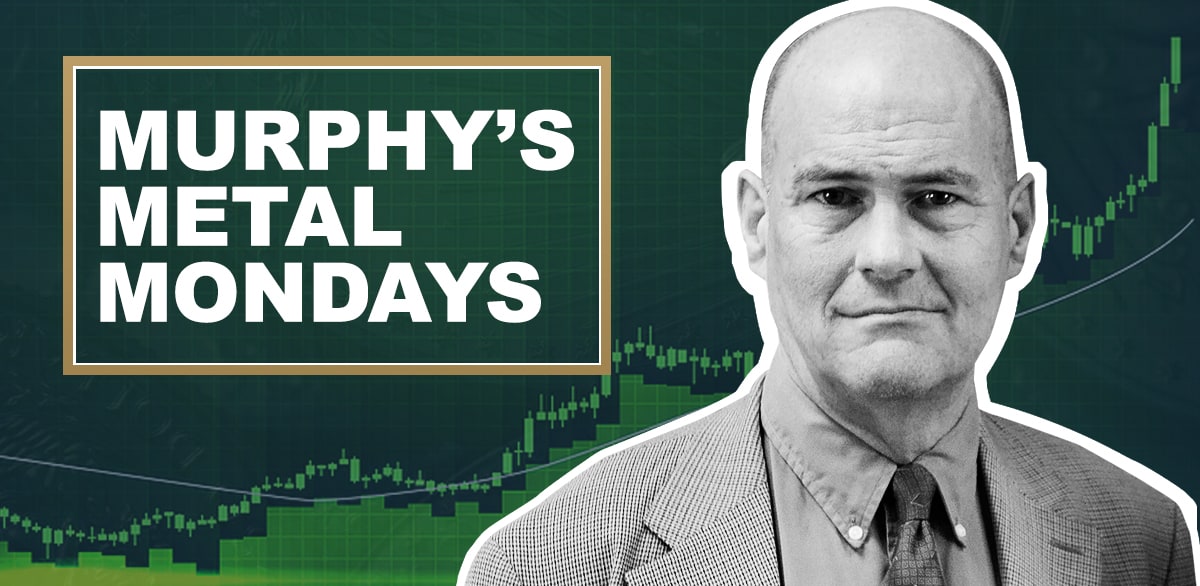
Financial weapons of mass destruction, carrying dangers that, while now latent, are potentially lethal.–Warren Buffet warning on ‘derivatives’ in 2002
Simply put, derivatives are complex financial contracts that can increase an investments yield, but also increases the potential for high risk and volatility. Warren Buffet’s warning came into play in 2008 when a massive amount of derivatives were part of the mortgage backed securities that collapsed and almost brought down the entire banking system. Needless to say, the financial markets collapsed, including real estate, and the damage was devastating.
Now fast forward to 2022. With interest rates so low for so many years, fund managers turned to derivatives in a huge way to achieve better yields. However, as interest rates have surged dramatically recently, the derivatives employed by the fund managers are on the verge of melting down the respective investments. And the amount of derivatives used this time around dwarfs the amount of derivatives employed in 2008, so the risks are dramatically greater as well.
Just two weeks ago, a number of pension funds in the United Kingdom, who were very over exposed to derivatives in order to better their returns, came within days of going belly up. If not for the Bank of England stepping in to save the day, thousands upon thousands of individual pensions would have been wiped out.
At the same time, gold and silver paper prices (on COMEX – the NY Commodity Exchange) continue to move sideways to lower, due to a strong dollar and higher interest rates. So, the big question is:
When will gold and silver prices start reflecting higher inflation, a sliding economy, out of control deficits, and an increasing lack of faith in respective governments worldwide to turn the tide?
Most likely, the correct answer is today, or at the very least, quite soon. And why today or just around the corner?
- For one, available gold and silver supplies are waning by the week, as central banks and the “smart” money are taking advantage of the artificially low spot gold and silver prices and depleting inventories. Evidence of this low supply/high demand scenario is seen in the all-time high premiums for physical gold and silver.
- Number two, the U.S. public is shying away from gold and silver for the most part, and that “non bullish” sentiment is invariably always present at the bottom of markets.
- Number three, evidence mounts that the bullion banks, who are the main culprits in manipulating the metals lower, are in the process of stepping away from further silver and gold manipulation.
Once again, I’m turning to Alasdair Macleod, London economist and gold expert, who posted some thoughts on King World News this weekend:
- Systemic risks are increasing, evidenced by the problems at Credit Suisse, almost certainly shared with other major banks with exposure to a combination of falling financial asset values and deteriorating loan books.
- The assumption that central banks are still in control of interest rates is demonstrably false. With all eyes on rising producer and consumer prices, markets are taking charge, driving interest rates and bond yields higher, leaving the Fed and other central banks powerless.
- OTC derivatives, which expanded to an estimated $600 trillion in a falling interest rate environment, face extensive contraction now that the major long-term trend is for rates to rise.
- The consequences of over-leveraged banks panicking to reduce their balance sheet exposure are poorly understood. It forces the entire banking cohort to get out of financial assets, both on their balance sheets and held as loan collateral. This statement applies to derivative positions as well.
- Nearly all transactions that make up GDP are settled in bank credit. Therefore, a reduction in total bank credit reduces GDP. With bank balance sheets more leveraged than at any time in history, the scale of the reduction will be unimaginable. Consequently, we face a global slump at least on the scale of 1929-1932.
- The Fed has a simple choice. Does it expand its balance sheet to counteract contracting bank credit , save markets, and attempt to stabilize the economy, in which case it hyperinflates the currency? Or does it act to save the currency and ignore the inevitable collapse in financial values, risk collapse of the banking system, widespread bankruptcies in the non-financial economy, and record unemployment? Every central bank faces the same simple choice. History and central bank mandates all clearly point to saving markets, the financial system, and the underlying economy at the expense of the currency.
The view of traders/investors in the paper markets may have been appropriate in calmer times. But the last time we had a true inflation scare was in the 1970’s, when gold rose from $35 to $850, while US prime rates rose from 4.5% in 1972 to a record 21.5% in 1980. So much for higher interest rates driving prices lower. The trading members of the COMEX and London Gold Exchange do not understand the economics of gold, that physical gold is money and not an investment. And that already, demand for bullion and coins is outstripping supply. Increasingly, their paper games are running on vapor.”
Gold is money. Everything else is credit.–JP Morgan, testifying to Congress in 1912


